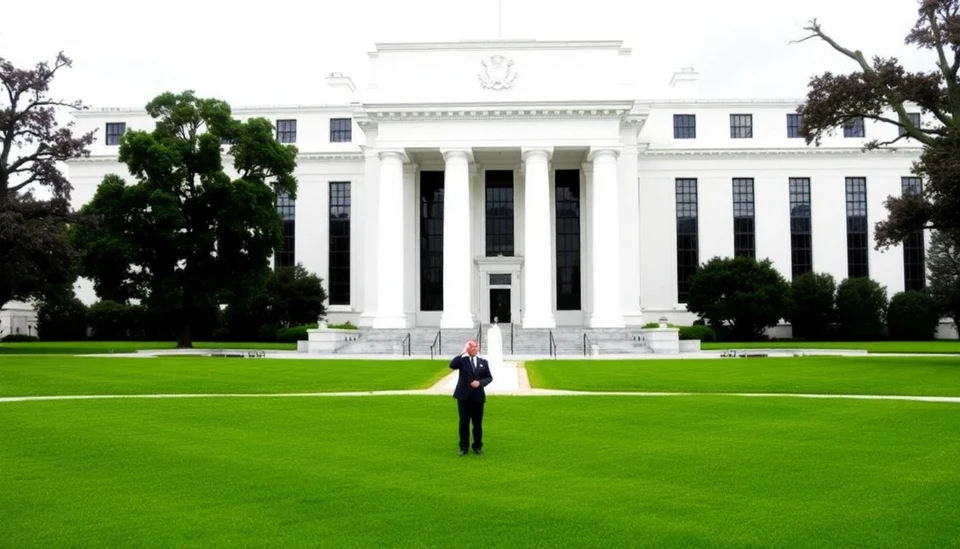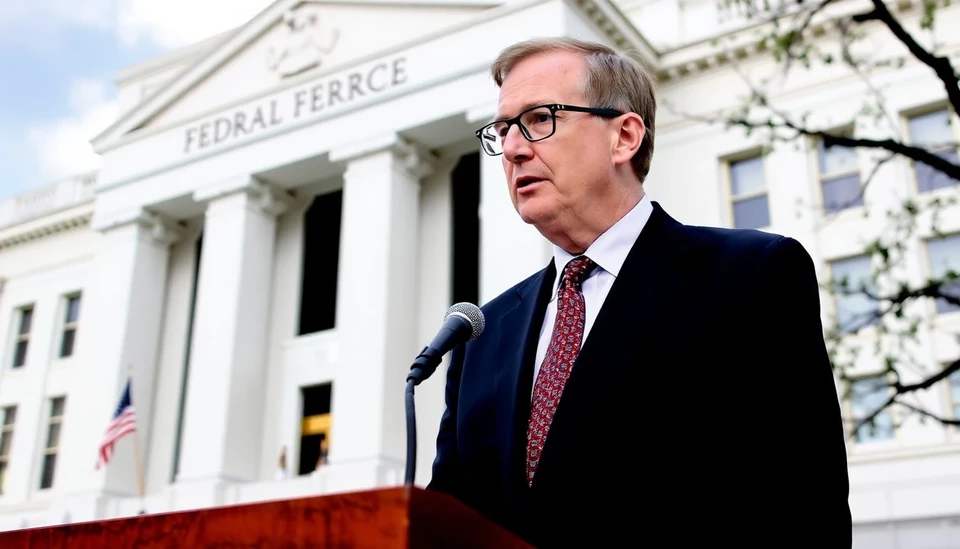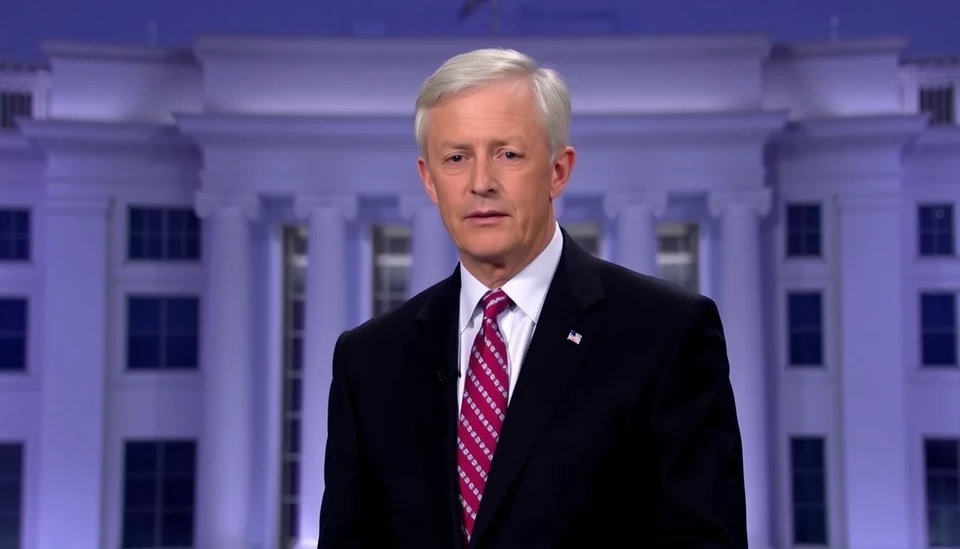
In a significant shift in monetary policy outlook, Federal Reserve Bank of Atlanta President Raphael Bostic has revised his expectations regarding interest rate cuts for 2025. Initially, Bostic had anticipated multiple rate cuts this year; however, he now projects only a single reduction in response to ongoing tariff challenges and their influence on the broader economy.
During a recent interview, Bostic elaborated on his cautious stance, highlighting the complexities that tariffs present to the inflation dynamics and overall economic landscape. He noted that the uncertainties linked to trade policies, especially with China, have prompted him to reassess the pace and timing of potential rate adjustments.
Bostic’s new forecast aligns with the sentiments expressed by other Federal Reserve officials, who have become increasingly cautious. The consensus across the board has been that while inflation remains a concern, the potential for economic growth could be hindered by the weight of existing tariffs and their impact on consumer pricing. The decision to slow down on interest rate reductions reflects a broader strategy to balance economic growth without exacerbating inflationary pressures.
In recent months, the Federal Reserve has faced mounting pressure to maintain a careful approach amid varied economic indicators. Unemployment rates have remained stable, yet inflation continues to pose challenges for both consumers and policymakers. Bostic emphasized that while low unemployment generally reflects a healthy economy, rising prices driven by tariffs could jeopardize that stability.
The implications of this revised outlook could influence market expectations and the overall economic forecast as businesses and consumers adapt to the shifting landscape. Investors are likely to watch Fed signals closely, as the central bank navigates these precarious waters between economic growth and inflation control.
As the year progresses, Bostic's adjusted perspectives on interest rates could shape monetary policy discussions in the months to come. With the possibility of just one rate cut on the table, economic stakeholders will continue to monitor any developments surrounding tariffs and their implications for the wider economy.
As the situation unfolds, the Federal Reserve's decisions will remain pivotal in guiding U.S. economic strength and stability. All eyes will be on upcoming Fed meetings and the discussions that will undoubtedly focus on how best to mitigate tariff impacts while fostering growth.
In conclusion, Bostic's current outlook is a reminder of the ever-evolving challenges faced by monetary policymakers, particularly in a climate influenced by trade disputes and geopolitical dynamics.
#FederalReserve #RateCut #Bostic #Inflation #Tariffs #EconomicPolicy
Author: Laura Mitchell




